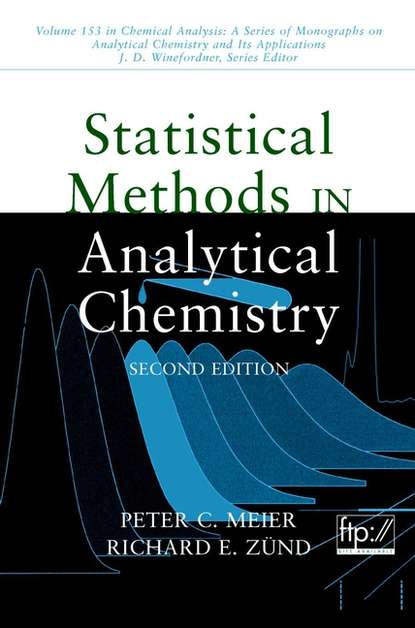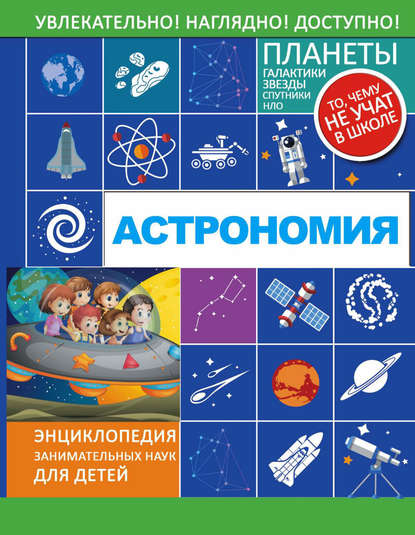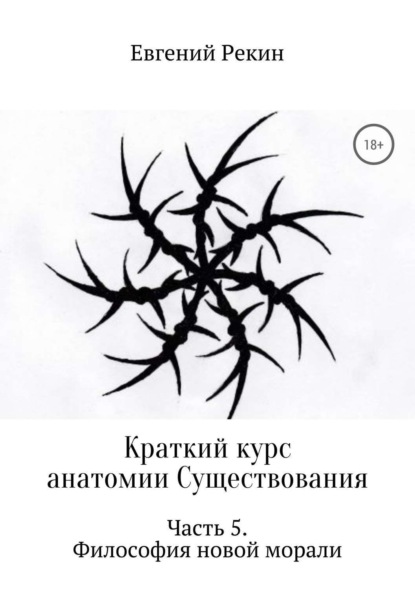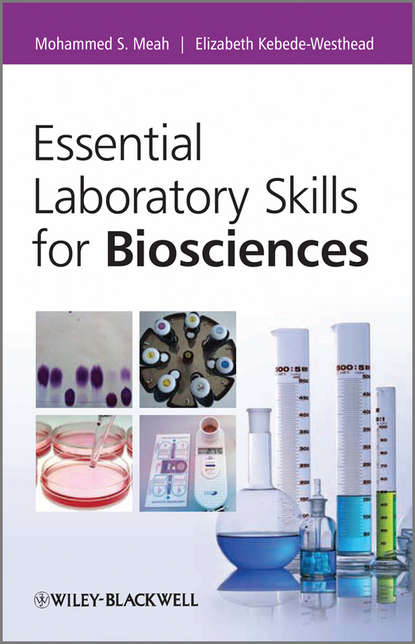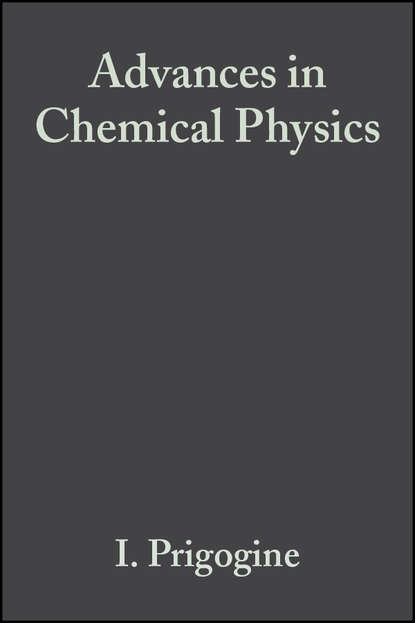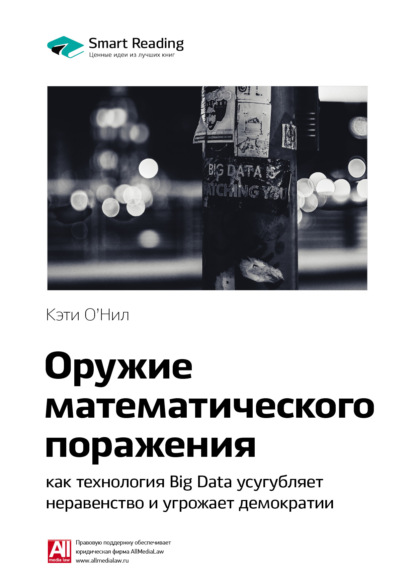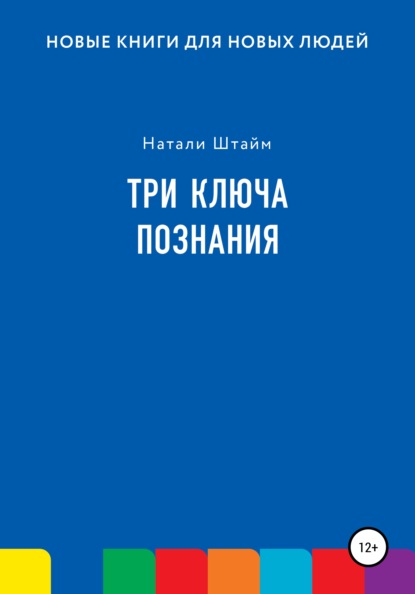Это новое издание успешной и популярной книги продолжает предоставлять практическую информацию об использовании статистических методов для решения реальных проблем в сложных промышленных условиях. Книга содержит примеры из химических и фармацевтических лабораторий и производственных площадок, наглядно демонстрируя, как получить надежные результаты, выбрав наиболее подходящий экспериментальный дизайн и методы оценки данных. В отличие от других книг на эту тему, "Statistical Methods in Analytical Chemistry" представляет и решает проблемы в контексте комплексного процесса принятия решений в соответствии с правилами GMP: стоит ли рекомендовать уничтожение партии продукта стоимостью 100 000 долларов, если одно из четырех повторных определений немного не проходит предел спецификации? Как предотвратить такую ситуацию? Вы уверены, что используемый вами калькулятор говорит правду?
Чтобы помочь контролировать такие ситуации, новое издание:
- Охватывает одномерные, двумерные и многомерные данные
- Содержит примеры из фармацевтической и химической отраслей, демонстрирующие типичные проблемы, с которыми сталкиваются аналитики, и методы их решения
- Предлагает информацию о вспомогательных методах, включая краткое введение в оптимизацию, исследовательский анализ данных, сглаживание и компьютерное моделирование, а также повторение распространения ошибок
- Содержит многочисленные файлы Excel и скомпилированные программы Visual Basic – без необходимости просмотра статистических таблиц!
- Использует метод Монте-Карло для иллюстрации изменчивости, присущей статистически неразличимым наборам данных
"Statistical Methods in Analytical Chemistry", Второе издание - это отличный уникальный ресурс для лабораторных ученых и инженеров, руководителей проектов, которым нужно оценить надежность данных; персонала QC, регуляторов и клиентов, которые хотят сформулировать реалистичные требования и спецификации; а также преподавателей, ищущих реальные эксперименты и продвинутых студентов химии и фармацевтических наук.
This new edition of the successful bestseller provides you with practical guidance for using statistical methods to solve everyday problems in chemical and pharmaceutical laboratories and production environments.With examples and real world examples it vividly demonstrates what action must be taken to obtain accurate results through the selection of appropriate experimental procedure and data analysis technique.Unlike other similar books it discusses and proposes solutions to typical analytical problems within the scope of GMP requirements. Using complex cases from the sectors this book allows you:Tackle univariate bivariate and multivariate statisticsCope with problems experienced by analysts face and the analytical techniques used to resolve themGain insights into auxiliary styles, including short introductions to:Predictive data analysesSmoothing and simulationFinal output summaryAdopts a simulation approach for illustrating the innate variation inherent in theoretically indistinguished data “Statistical methods in Analytical Chemistry – Second Edition is a fantastic resource for analytical scientists and chemical engineers, as well as cycle managers tasked with evaluating the accuracy of data, quality control personnel, regulators and clients seeking to identify realistic requirements Specifications.
Электронная Книга «Statistical Methods in Analytical Chemistry» написана автором Peter Meier C. в году.
Минимальный возраст читателя: 0
Язык: Английский
ISBN: 9780471726111
Описание книги от Peter Meier C.
This new edition of a successful, bestselling book continues to provide you with practical information on the use of statistical methods for solving real-world problems in complex industrial environments. Complete with examples from the chemical and pharmaceutical laboratory and manufacturing areas, this thoroughly updated book clearly demonstrates how to obtain reliable results by choosing the most appropriate experimental design and data evaluation methods. Unlike other books on the subject, Statistical Methods in Analytical Chemistry, Second Edition presents and solves problems in the context of a comprehensive decision-making process under GMP rules: Would you recommend the destruction of a $100,000 batch of product if one of four repeat determinations barely fails the specification limit? How would you prevent this from happening in the first place? Are you sure the calculator you are using is telling the truth? To help you control these situations, the new edition: * Covers univariate, bivariate, and multivariate data * Features case studies from the pharmaceutical and chemical industries demonstrating typical problems analysts encounter and the techniques used to solve them * Offers information on ancillary techniques, including a short introduction to optimization, exploratory data analysis, smoothing and computer simulation, and recapitulation of error propagation * Boasts numerous Excel files and compiled Visual Basic programs-no statistical table lookups required! * Uses Monte Carlo simulation to illustrate the variability inherent in statistically indistinguishable data sets Statistical Methods in Analytical Chemistry, Second Edition is an excellent, one-of-a-kind resource for laboratory scientists and engineers and project managers who need to assess data reliability; QC staff, regulators, and customers who want to frame realistic requirements and specifications; as well as educators looking for real-life experiments and advanced students in chemistry and pharmaceutical science. From the reviews of Statistical Methods in Analytical Chemistry, First Edition: «This book is extremely valuable. The authors supply many very useful programs along with their source code. Thus, the user can check the authenticity of the result and gain a greater understanding of the algorithm from the code. It should be on the bookshelf of every analytical chemist.»-Applied Spectroscopy «The authors have compiled an interesting collection of data to illustrate the application of statistical methods . . . including calibrating, setting detection limits, analyzing ANOVA data, analyzing stability data, and determining the influence of error propagation.»-Clinical Chemistry «The examples are taken from a chemical/pharmaceutical environment, but serve as convenient vehicles for the discussion of when to use which test, and how to make sense out of the results. While practical use of statistics is the major concern, it is put into perspective, and the reader is urged to use plausibility checks.»-Journal of Chemical Education «The discussion of univariate statistical tests is one of the more thorough I have seen in this type of book . . . The treatment of linear regression is also thorough, and a complete set of equations for uncertainty in the results is presented . . . The bibliography is extensive and will serve as a valuable resource for those seeking more information on virtually any topic covered in the book.»-Journal of American Chemical Society "This book treats the application of statistics to analytical chemistry in a very practical manner. [It] integrates PC computing power, testing programs, and analytical know-how in the context of good manufacturing practice/good laboratory practice (GMP/GLP) . . .The book is of value in many fields of analytical chemistry and should be available in all r
